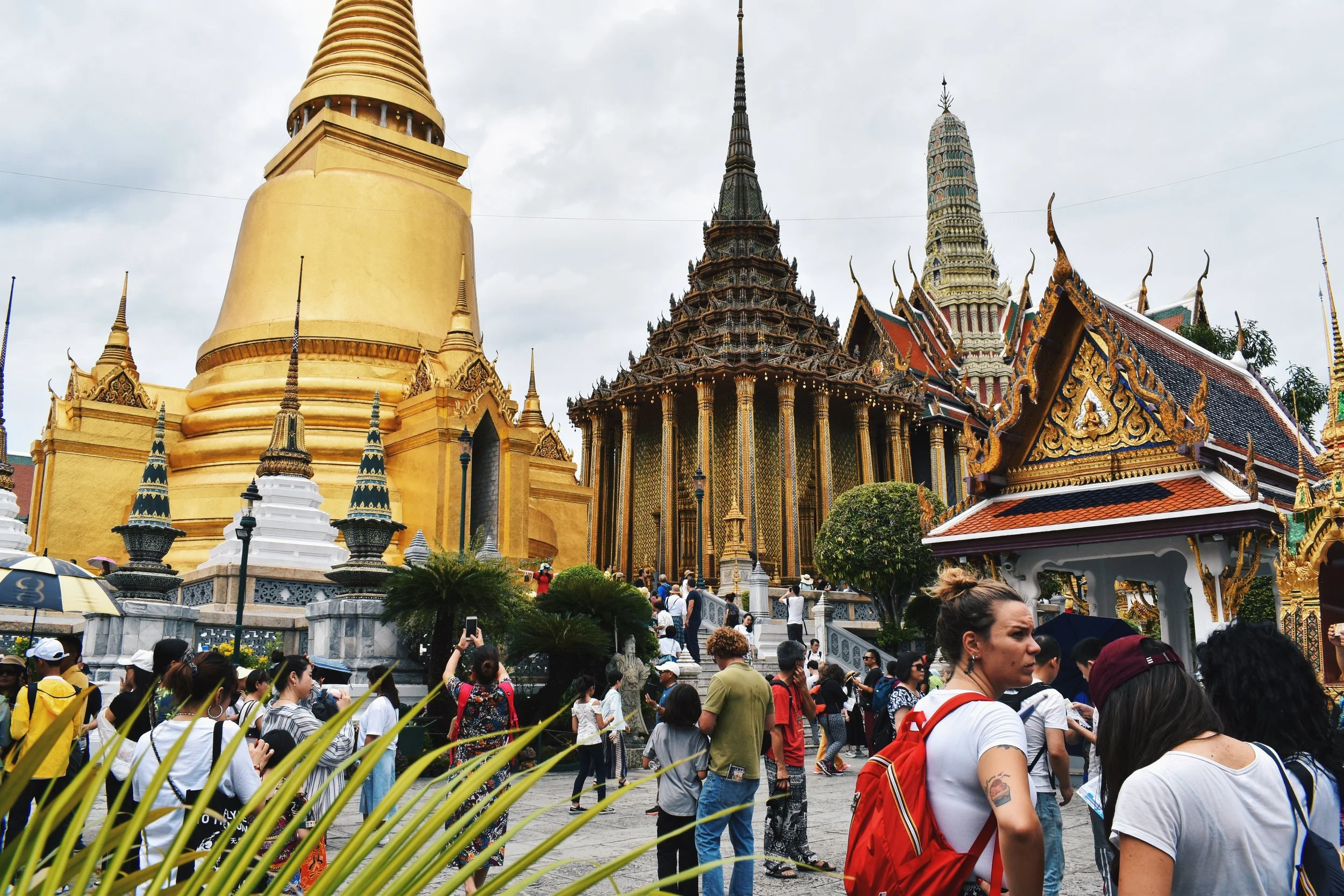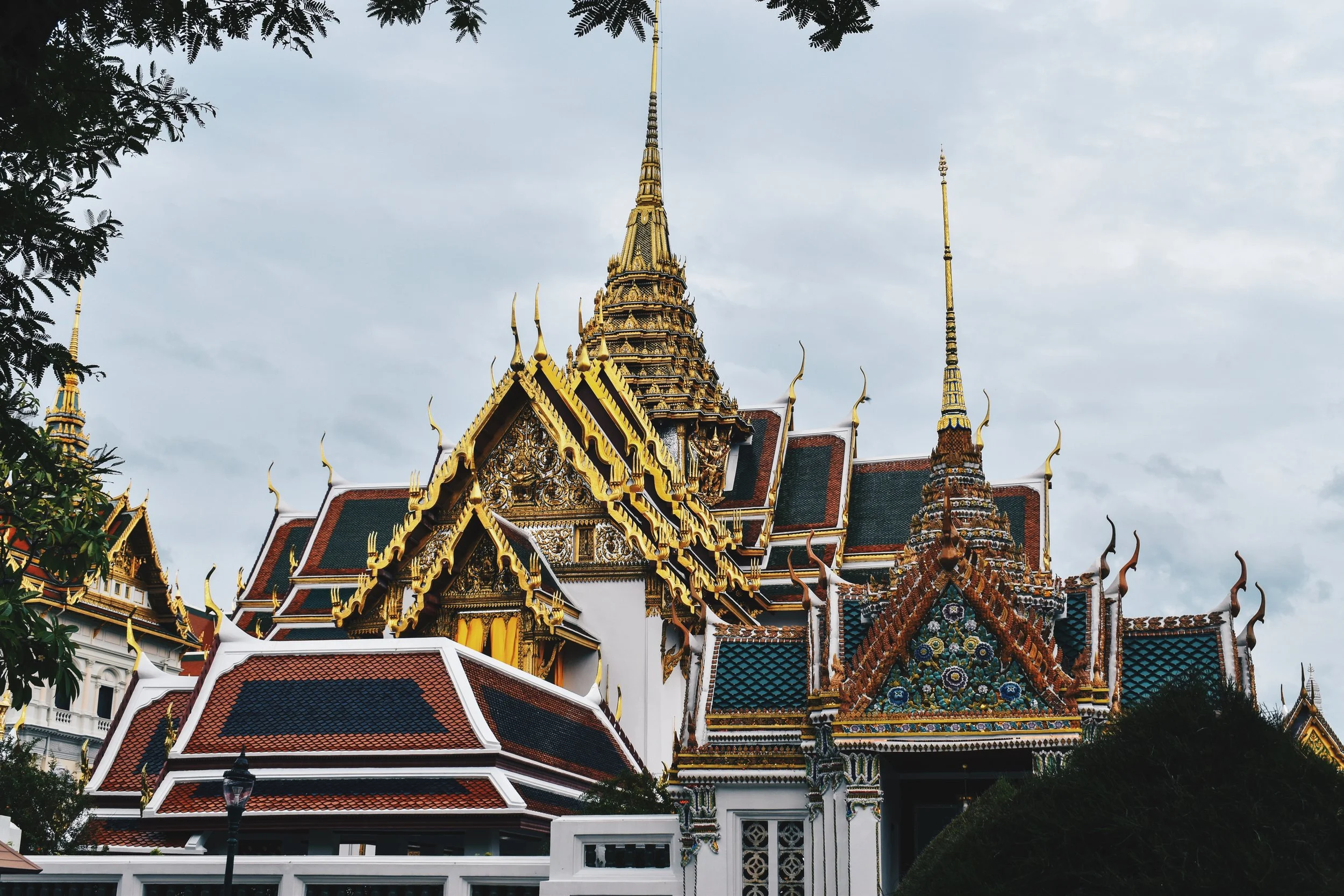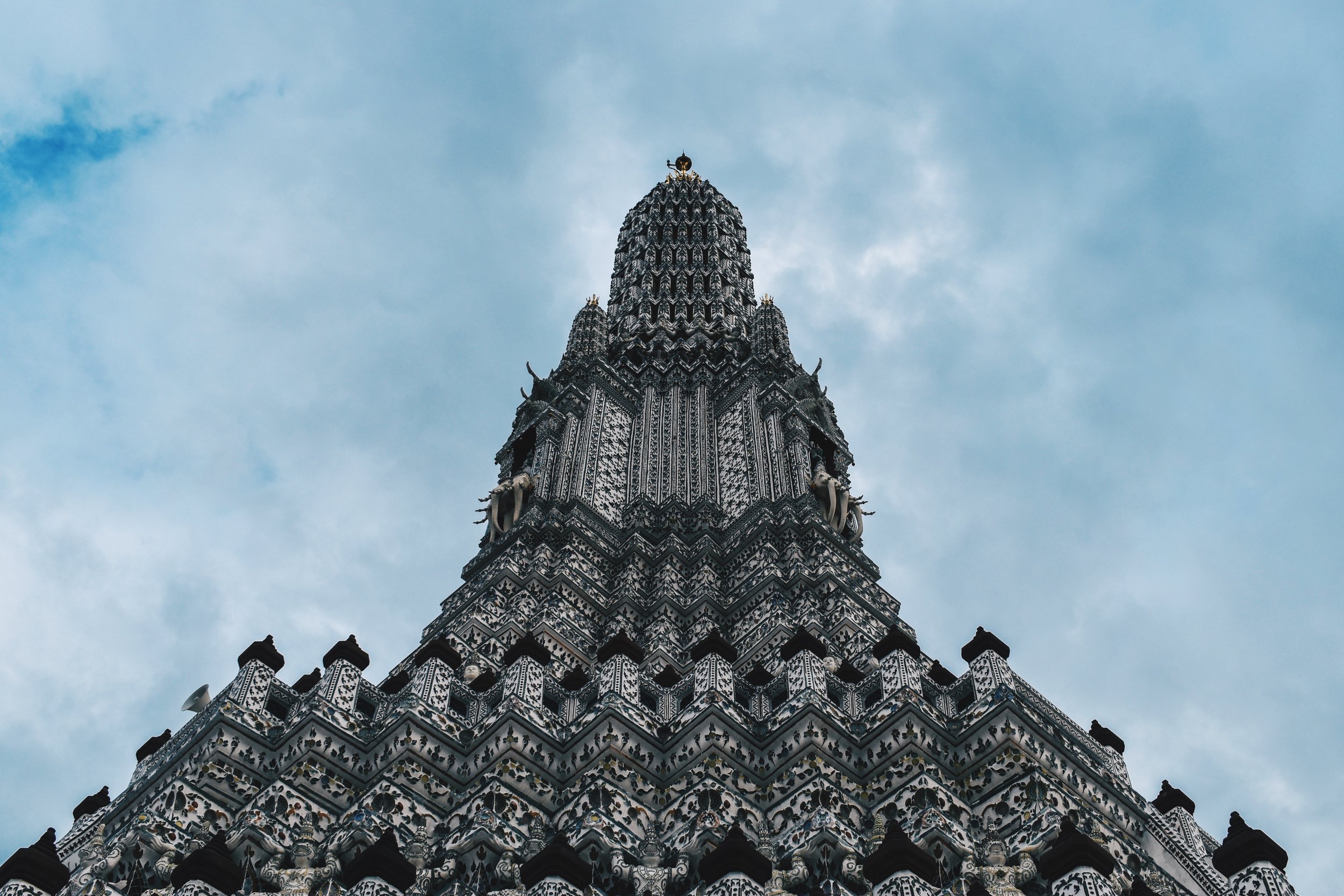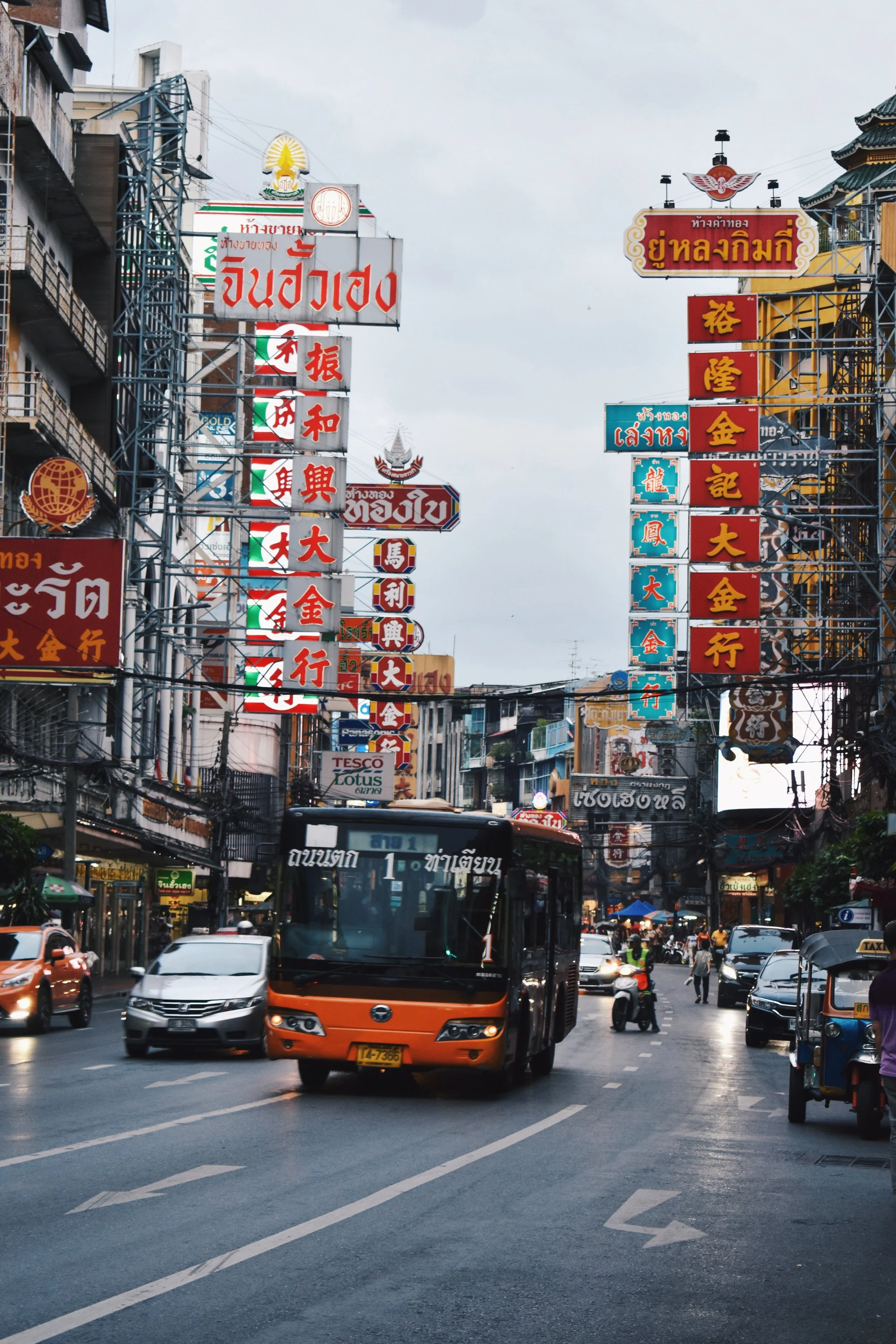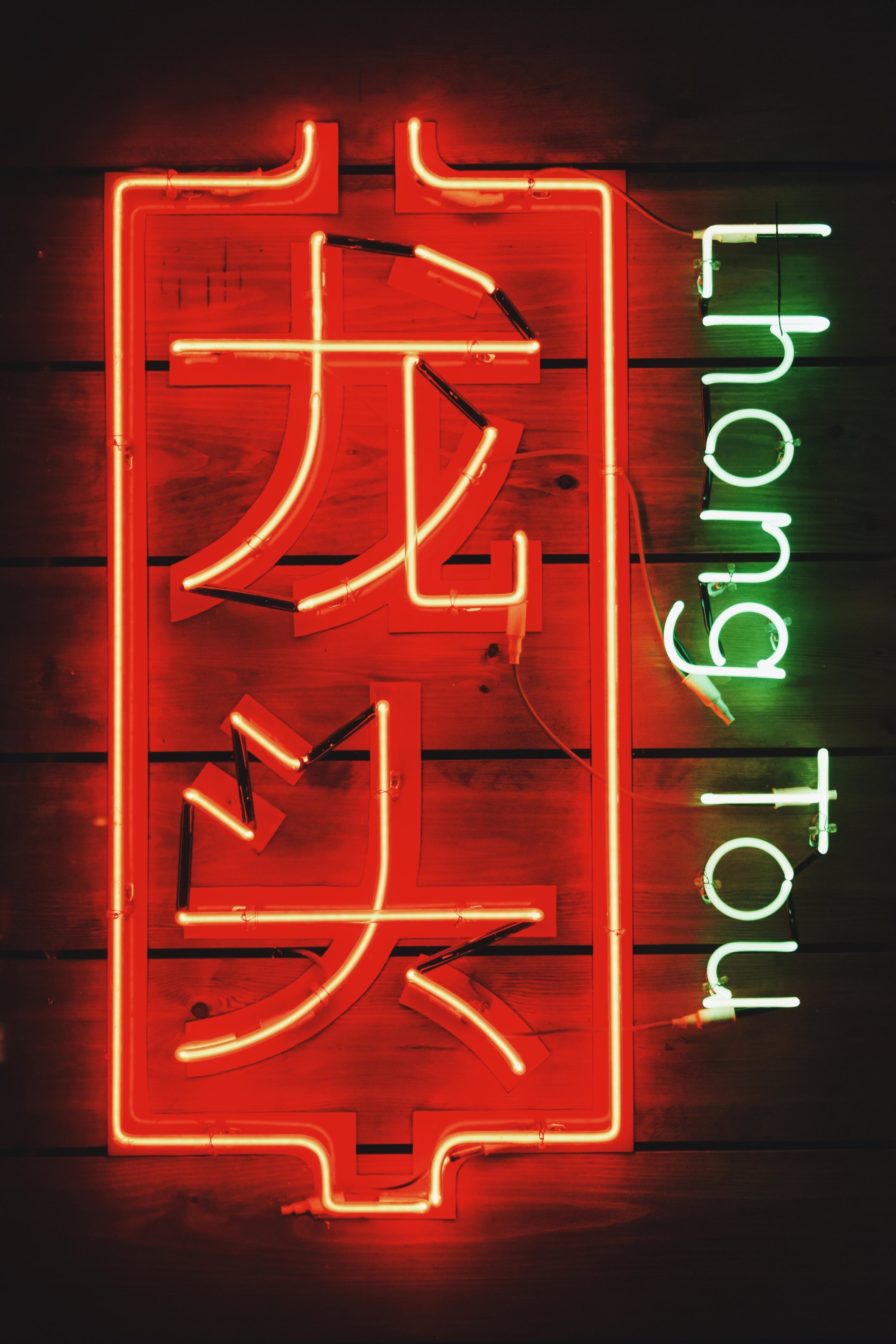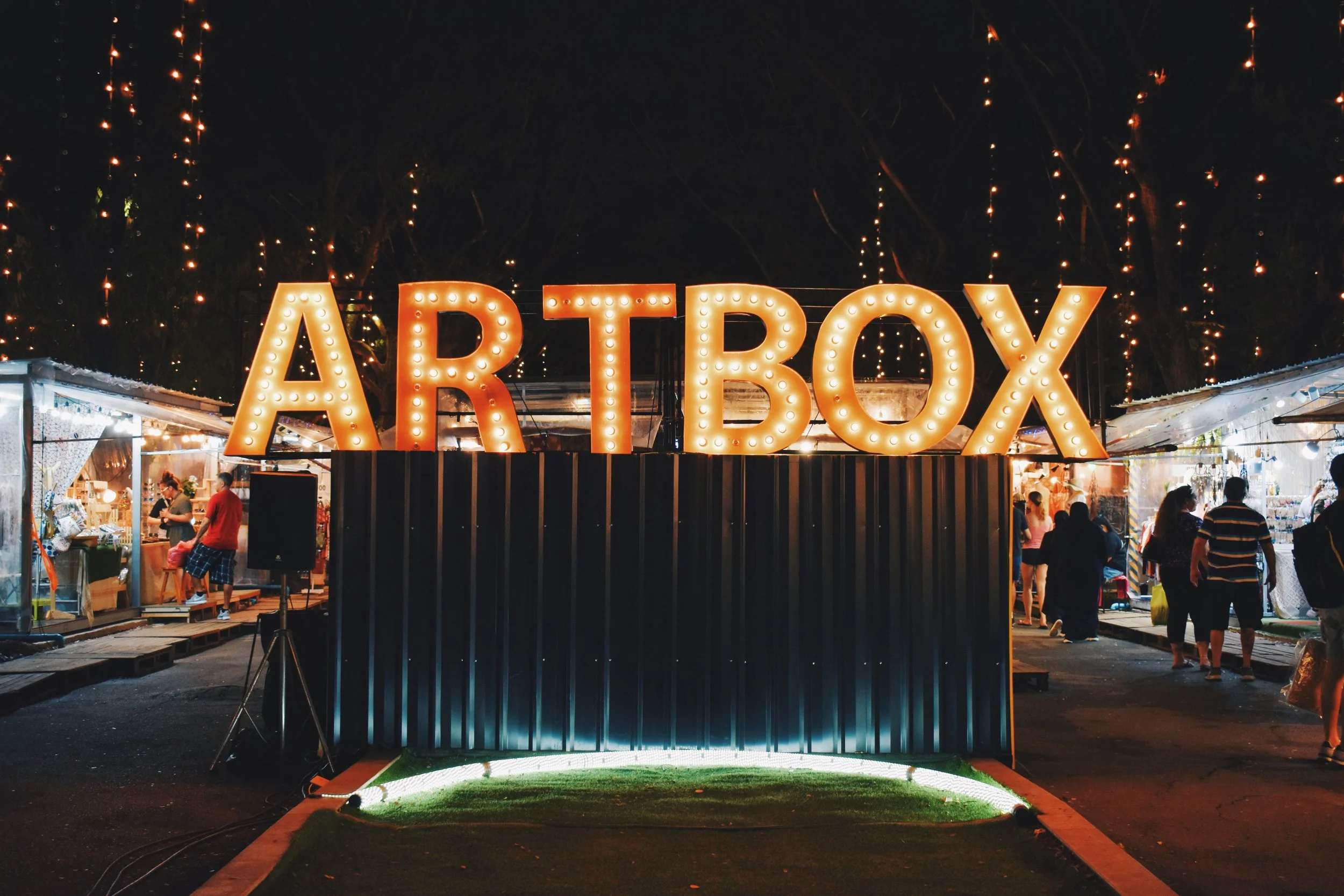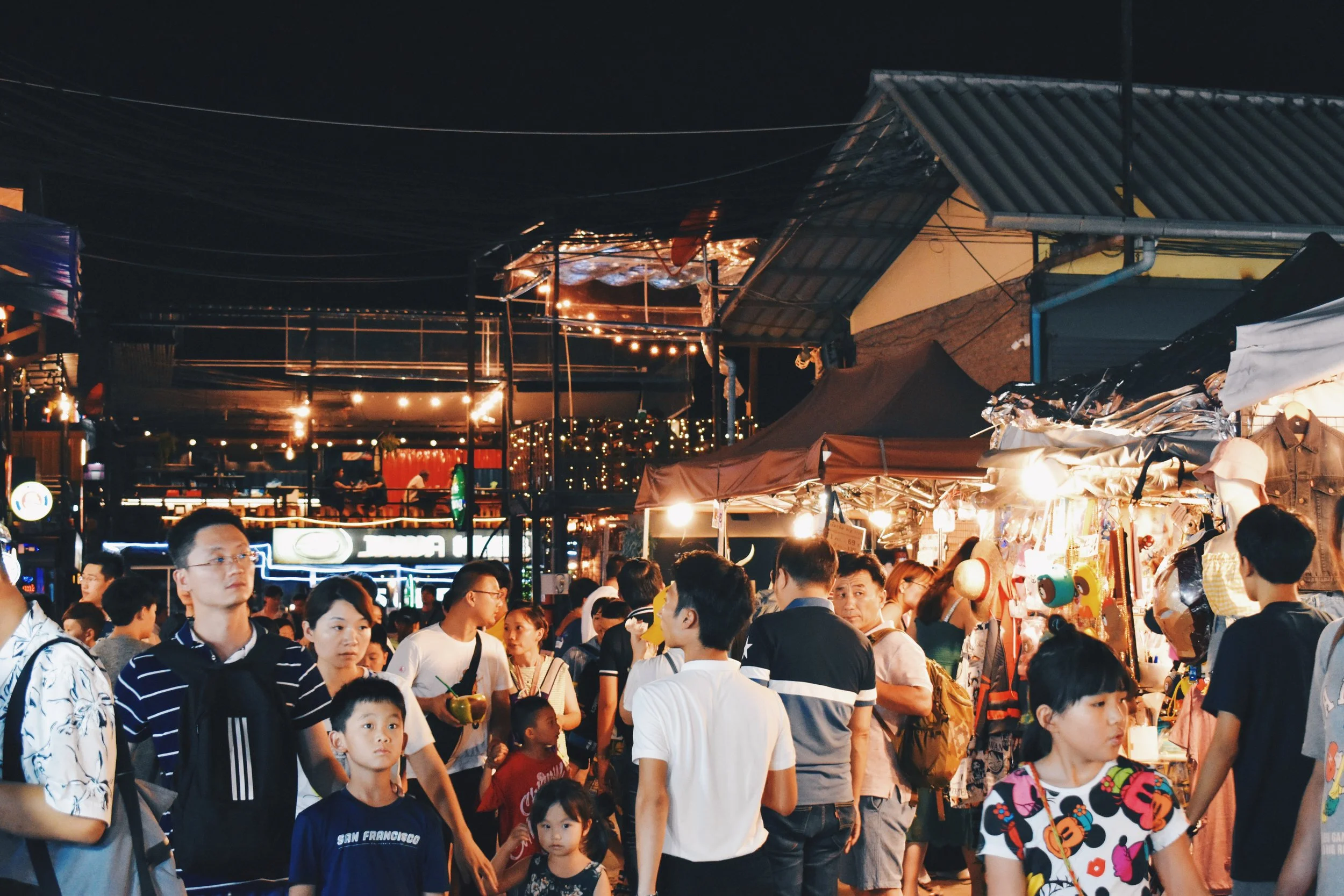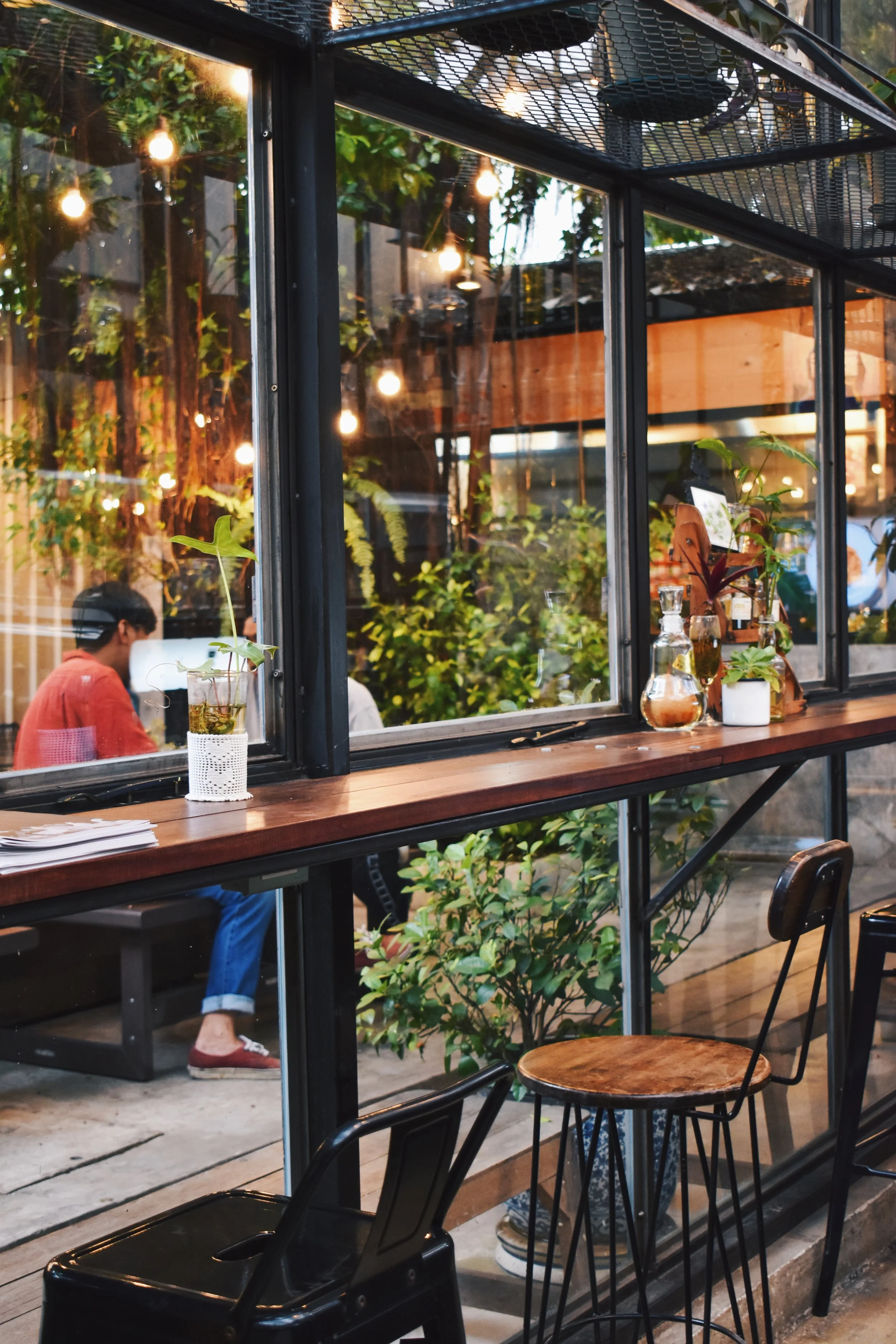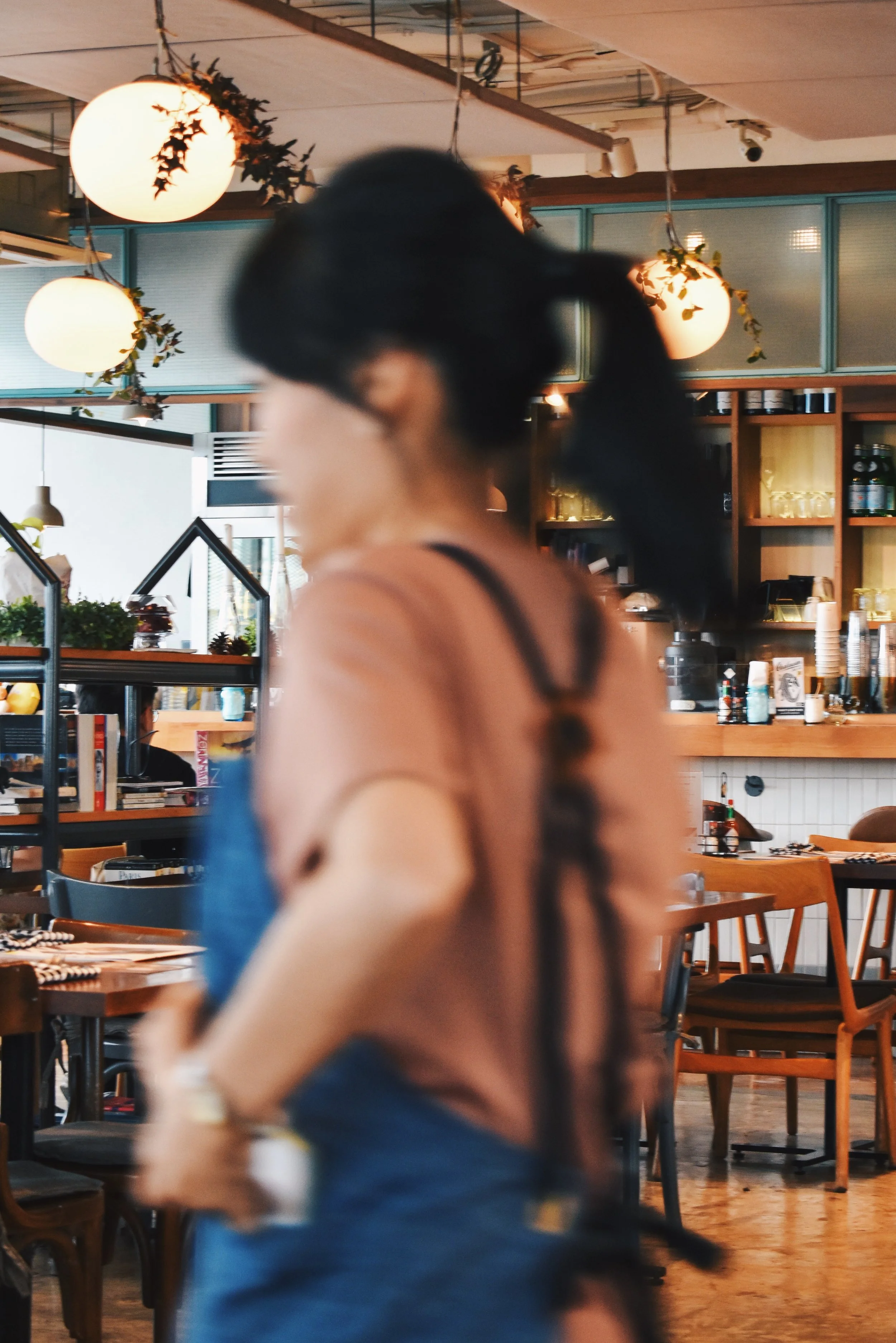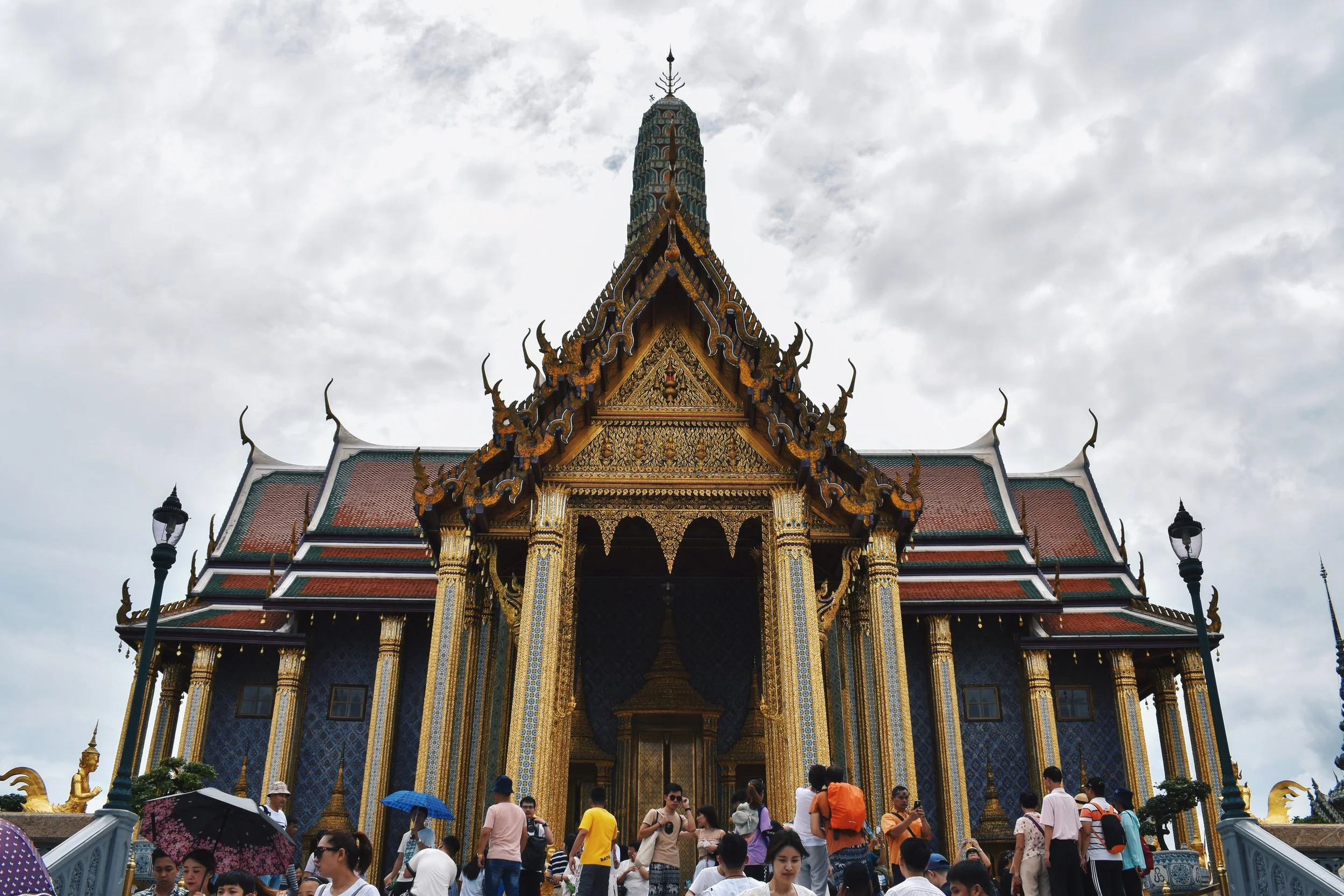What to See & Do in Bangkok: A Complete Itinerary

Bangkok is Thailand’s buzzing capital and a gateway to the rest of the country’s stunning attractions. For a first time visitor to Bangkok, it’s easy to see how one might get overwhelmed by this huge metropolis. There’s truly something for everyone here.
This guide covers the must see highlights of the city, from palaces to temples to night markets to sparkling new shopping malls and more.
Also, should you require a visa to visit Thailand, iVisa is an easy and fuss-free service, helping you travel easier and better.
Read: The Ultimate Guide to Bangkok's Public Transport System— How to Get Around
Read: A Guide to Bangkok’s Best Cafes
Day 1 (Old City)
The Grand Palace
Wherever you’re located in Bangkok, hop on to the river taxis outside the BTS station Saphan Taksin and get on one that’s bound for The Grand Palace.
The river taxi station can be absolutely overwhelming with the sheer number of operators offering their river cruises and boats, and you can of course hop on any you like. If you would like to experience something local though, look for the public boats with the orange flag.
A ticket will set you back a mere THB15 / S$0.70 / US$0.50.
The local boat does get packed though as many Bangkokians themselves use these methods of transportation to get up and down the river.
Once you get off the river taxi stop of The Grand Palace, simply follow the crowds through the touristy stores and across the roads to get to the grounds of the Palace.
Built in the late 1700s and back then the home of the Thai King, administrative seat of the government and Royal Court for 150 years, this is Bangkok’s unmissable attraction.
Though Kings have moved out of the Palace, the complex is still in use today for ceremonial and auspicious activities.
The first gate you enter is free, with hoards of tour groups by the bus loads crowding around in the shade. Stepping in though, you already get a sense of the sheer magnitude of the place.
A ticket in will set you back THB500 which I’ll be honest, is more than a little steep.
Be sure to pick up a brochure to make sense of the buildings you see.
Once in, be sure not to miss the Wat Phra Kaew, also known as the Temple of the Emerald Buddha, which naturally houses the revered Emerald Buddha.
Bear in mind that because these sites are sacred (especially the temple), a dress code applies— covered shoes, no knees showing (ie. shorts) and no sleeveless tops.
Wat Pho
Wat Pho is another unmissable attraction, and if you’ve spent your entire morning at The Grand Palace, you can always nip into one of the many cafes and eateries in the area, with almost any cuisine you can think of readily available.
Wat Pho is located 10 minutes away on foot, and is the Temple of the Reclining Buddha.
Apart from the Reclining Buddha, you can also expect to see chapels, exquisite and detailed murals, as well as the chance to purchase a bowl of coins and drop them in the 108 bronze bowls to make a wish.
The money goes towards helping the monks preserve Wat Pho.
Wat Arun
Take a river taxi that crosses the river bank to Wat Arun, also known as the Temple of Dawn.
What makes this temple stand out is the intricate and colourful spires that seemingly rise above the waters of the river.
They say the Temple of Dawn is at it’s most stunning sunset, so if you happen to catch Bangkok on a day of good weather, you might be able to get some stunning photographs.
You can climb the steps of the spires, though be aware that it is rather steep, so for those with less mobility, it might be a little tricky to visit.
Yaowarat Chinatown
After which, you can hop back on a river taxi and make your way to Chinatown at Yaowarat Road.
Chinatown is bustling at all times of day, but the streets truly burst to life once night falls.
The area is home to many historical landmarks, and the smell of street food permeates the air everywhere you go.
The sois here are as claustrophobic as they are atmospheric, and bear in mind that Bangkok actually has the biggest Chinatown in the world, so you can imagine how busy it gets.
It’s definitely the most bustling Chinatown I’ve ever been to, and some unmissable sights include China Gate (or King’s Birthday Celebration Arch), Wat Mangkon Kamalawat (the biggest Chinese-Buddhist temple in all of Bangkok), Wat Traimit (the Temple of the Golden Buddha— made of 5.5 tonnes of solid gold), and of course the street food carts that line Yaowarat Road.
If you’d like to visit somewhere more proper and sit down, head straight to Lhong Tou Cafe, a joint with interesting decor serving up dim sum favourites. Lhong Tou is so popular that some report having to wait 45 to 60 minutes just for a table.
End your night at Grand China Princess Rooftop where you’ll find a revolving restaurant and / or bar to soak in panoramic views of the city overlooking Chinatown down below. Here is where you’ll be able to see as far as the Chao Phraya River.
Day 2 (New City)
Siam
If Day 1 was covering the must-sees of the old city, the new city comes in the form of gleaming and cavernous shopping malls, with both international and local brands well represented.
Siam is the heart of Bangkok’s shopping complex, well-connected on the BTS skytrain and home to many, many malls.
Siam Paragon is possibly the most famous, with a focus on high end brands. There is also a 16-screen cineplex as well as an Aquarium.
Just across the link bridge is Siam Center, which is actually quite different from Siam Paragon and caters more to a younger, trendsetting crowd. Naturally, you’ll find brands like MAC, Superdry, Victoria’s Secret, and Sephora here, alongside the hottest bubble tea brands and local creatives’ everyday lifestyle goods and merchandise.
Central World is another megamall with just about everything on offer, including Isetan and Marks & Spencer. It’s supposedly 30% larger than any other mall in Central Bangkok which is truly no mean feat.
If you’d like to break away from malls, you can head away from the BTS station and towards Pratunam Market, though bear in mind that shops tend to be open earlier in the day. You’ll probably find any kind of goods you need, and you can negotiate with shopkeepers. Unsurprisingly, speaking Thai might (read: will) nab you a better deal.
Asok
Then, hop back on the BTS and take it to Asok, where you’ll find Terminal 21, a shopping mall themed like an airport.
Different levels and areas are themed according to different cities around the world, which is then passed on to the way retail shops and restaurants / cafes are laid out.
All in all, it makes for an interesting experience away from other malls in the city.
ARTBOX
Then, when night falls, make your way to ARTBOX, a trendy night market currently located at Chuvit Garden, located between the Asok and Nana BTS stations.
ARTBOX caters to a creative / younger crowd, as many vendors are creatives selling their work— from engraved handcrafted jewellery to self-illustrated cards and stickers.
The market operates from 4pm to 12 midnight, and there are many street food stalls here, accompanied by live music.
Ratchada Rot Fai Train Night Market
If all that walking and shopping hasn’t worn you out yet, you can head to the Sukhumvit MRT station and take it to the Thailand Cultural Centre stop.
Once you get off the MRT, you’ll quickly notice huge amounts of tourists everywhere.
The reason?
Ratchada Rot Fai Train Night Market.
You can’t visit Bangkok and miss a market, and Ratchada Rot Fai is as huge as it is claustrophobic.
The entire night market is very busy from the time it opens at 5pm to 1 in the morning, especially with the sheer number of vendors selling literally everything.
If you’ve come to Bangkok for street food, this is one of the many places to be as there are so many stalls to choose from. It’s physically impossible to eat your way through the market.
There are also plenty of seating opportunities, especially for bigger groups.
If you’d like to get the classic night market overhead photo opportunity, follow the crowds out of the market and across the road from where you’ll notice many camera-wielding travellers have headed up to the upper floors of a multi-storey carpark.
As much as I’ve seen these photos before, I’ll admit, it was still pretty magical to observe the market from above in front of my very own eyes.
Day 3
Chatuchak Weekend Market
Be sure to include a weekend in Bangkok, as you’ll be able to visit the famous Chatuchak Weekend Market.
It used to be a market for wholesalers and traders, but today welcomes every kind of shopper.
As many as 200, 000 visitors descend upon the aisles of the market every weekend, so you can imagine how crowded this place gets.
Books, antiques, clothing, accessories, handicrafts, furniture, art, gardening, pets, massages, food and drinks etc.
The list is literally endless.
Getting there is easy, whether it’d be on the BTS (Mo Chit) or MRT (Chatuchak Park).
If you’ve read online that the market opens as early as Wednesday, bear in mind that these are predominantly the plants and gardening stalls. The main market begins at 6pm on Fridays, and reaches a fever pitch on Saturdays and Sundays.
Cafe Hopping in Ari
Then, take things slow in the beautiful neighbourhood of Ari, easily accessible by the BTS station of the same name.
Ari is a residential neighbourhood a world away from the busy markets of Chatuchak, and offers up many local boutiques and coffee houses, some of the most beautiful I’ve personally been to.
Take your pick from one of the many highly rated spots, such as Porcupine Cafe (rustic and industrial), Sa-Ti Handcraft Coffee (bright and housed in a glass greenhouse), and Tham·Ma·Da Cafe and Shop (cosy and artisan) just to name a handful.
If you’re looking for a heavier meal or more sit-down dinners, head to Wraptor (Tex-Mex meets Thai), Salt (fine dining Asian/European fusion), and Joha (Korean favourites like grilled meats, bibimbap rice bowls etc.).
A Night out at Khao San Road
Khao San Road is Bangkok’s backpacker district, with tons of hostels in the area, and the accompanying nightlife scene.
Shopping bazaars and night markets occupy the same streets as bars with buckets of beer on their tables, and beautiful and serene Buddhist temples sit next to the city’s hottest nightclubs.
Day 4 & Beyond
Beyond that, there are plenty of other things to see in Bangkok, and if you’re in town for more than 3 days, feel free to explore more options below:
Ekkamai is another hip neighbourhood that has some of the best cafes the city has to offer, and you can check out a full list of cafes I tried during my time in the city below.
Read: A Guide to Bangkok’s Best Cafes
Travel a little out of Bangkok to visit the floating markets. Popular ones include Khlong Lat Mayom 10km east of downtown Bangkok, accessible by taxi (use GrabTaxi via the Grab app, the Uber of Southeast Asia) from the Wongwian Yai BTS station. From there, you can also visit Taling Chan Market, a short distance away.
Damnoen Saduak Floating Market over an hour outside of downtown Bangkok is probably the most popular, and tour groups head here too, making it very touristy. Khlong Lat Mayom above will probably make for a more local experience.
Day trip to Ayutthaya, an important cultural and historical city. The four temples in the historical district are a UNESCO World Heritage Site.
If you don’t fancy heading out of the city, you can always join a Thai cuisine cooking class, watch a Muay Thai boxing match, or shop at Asiatique.
